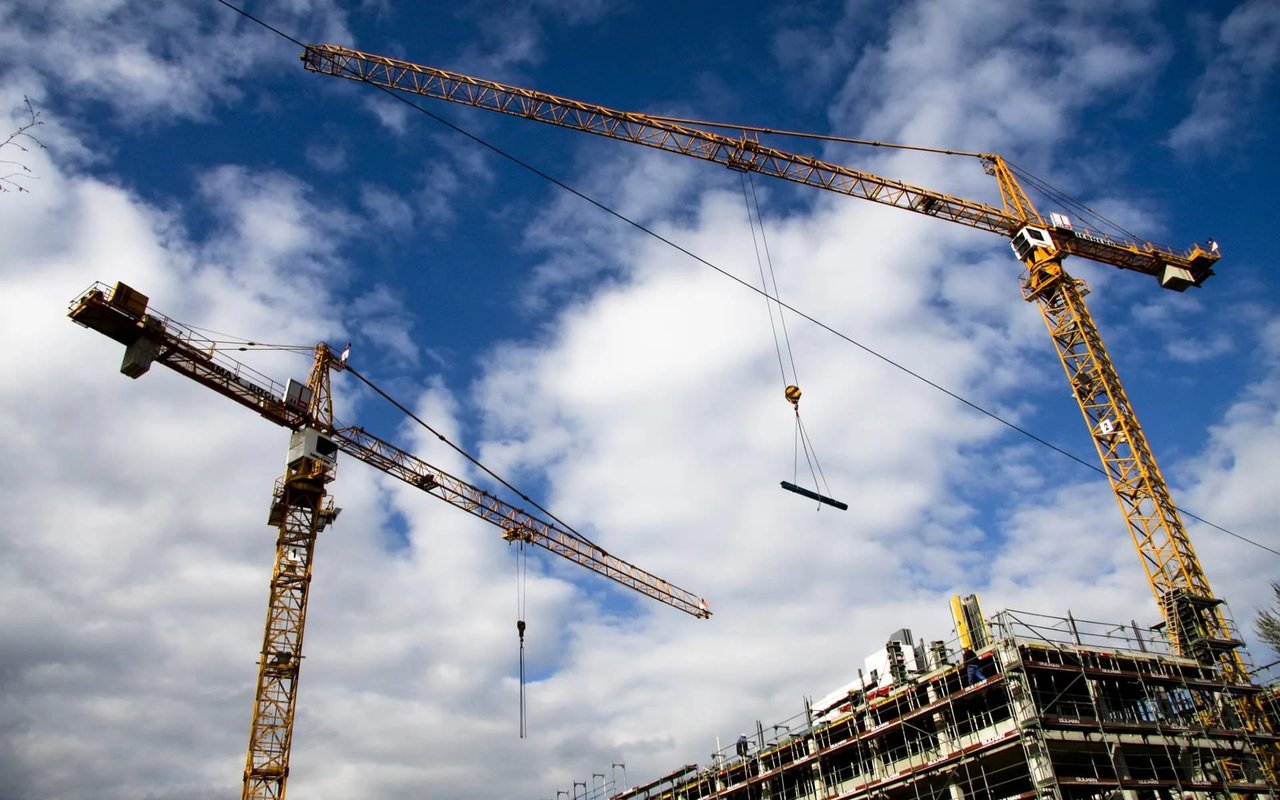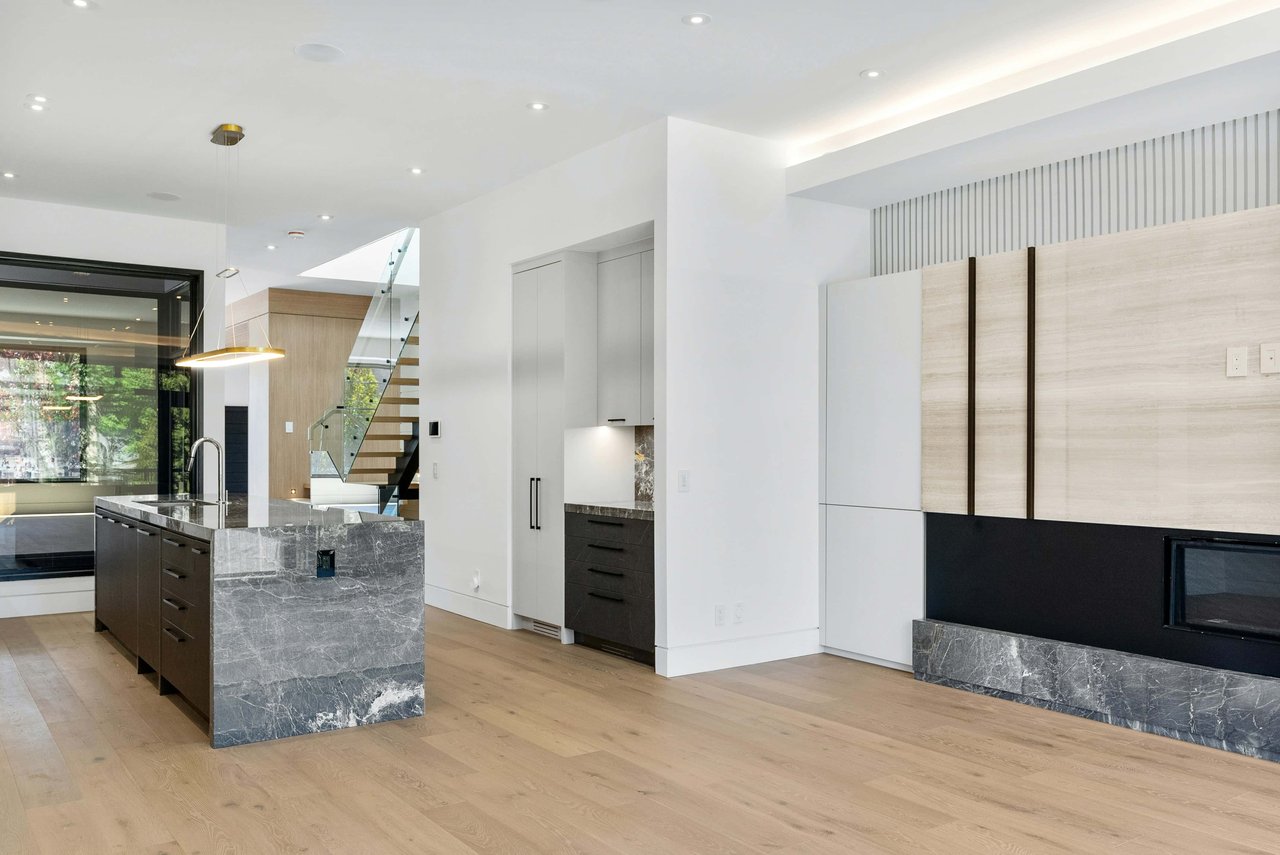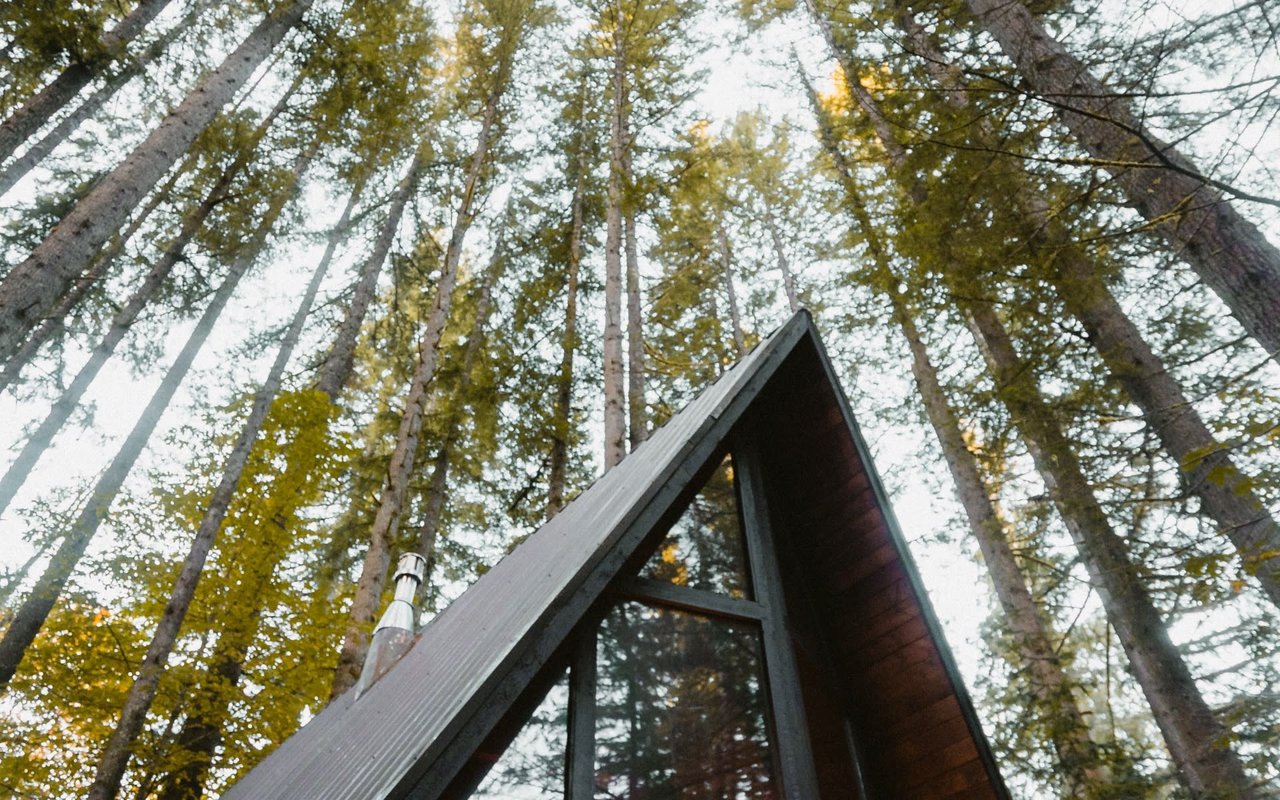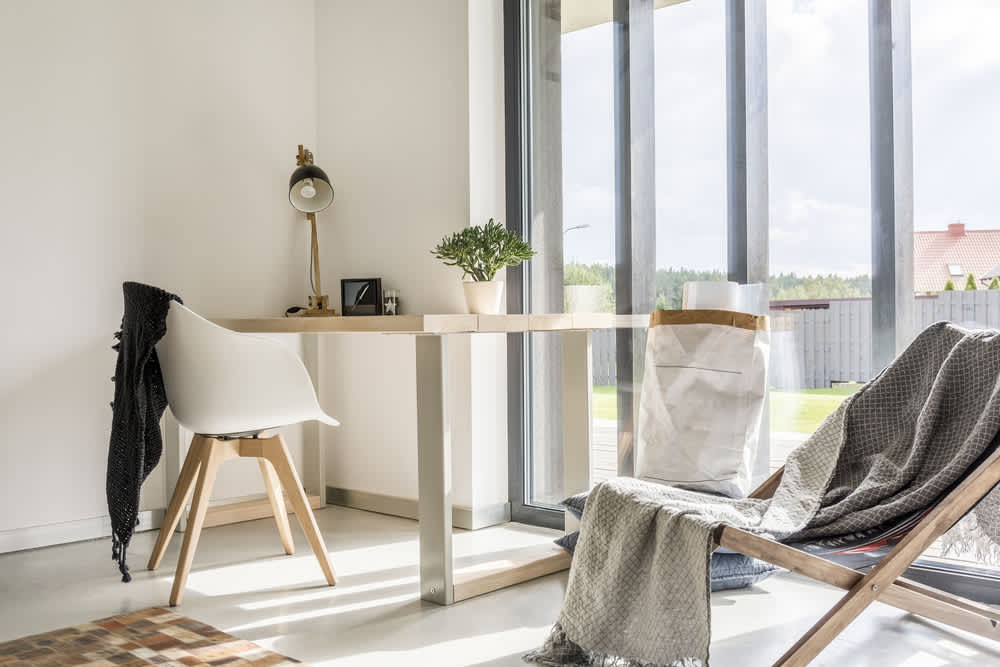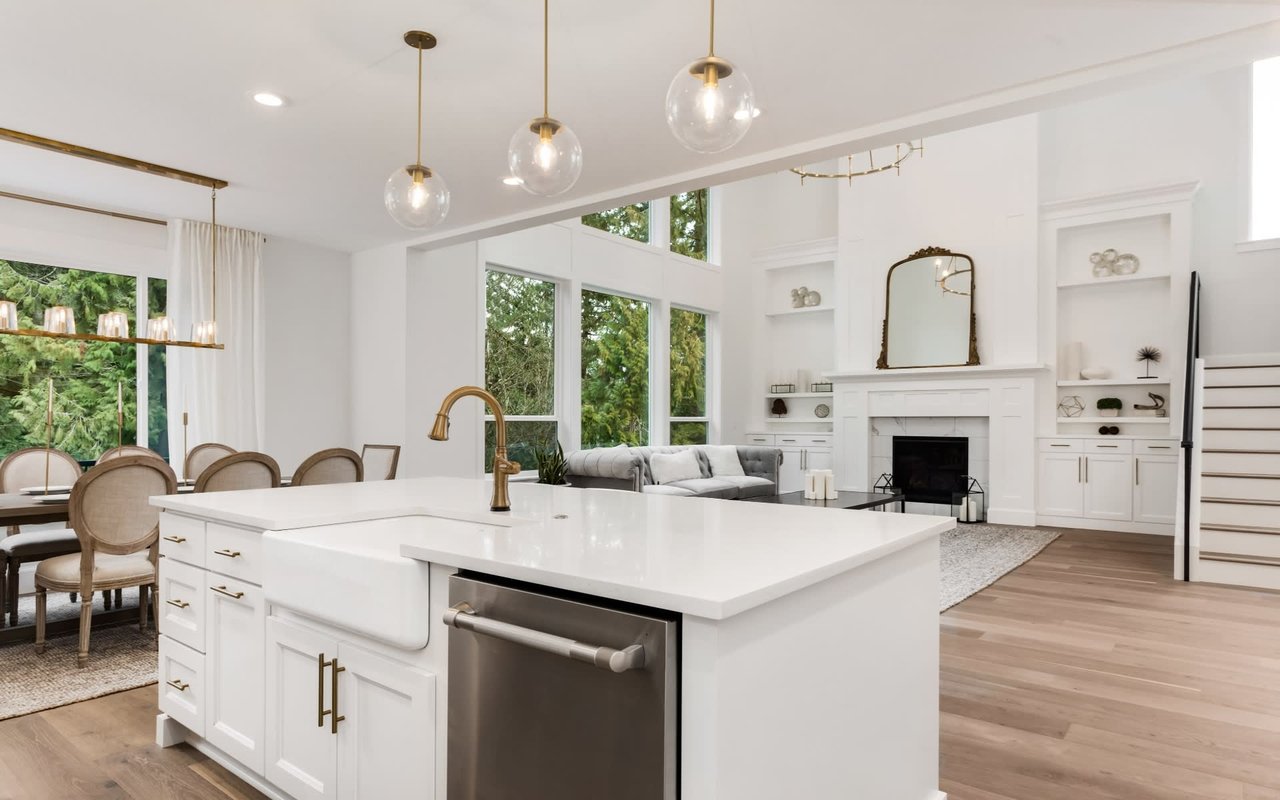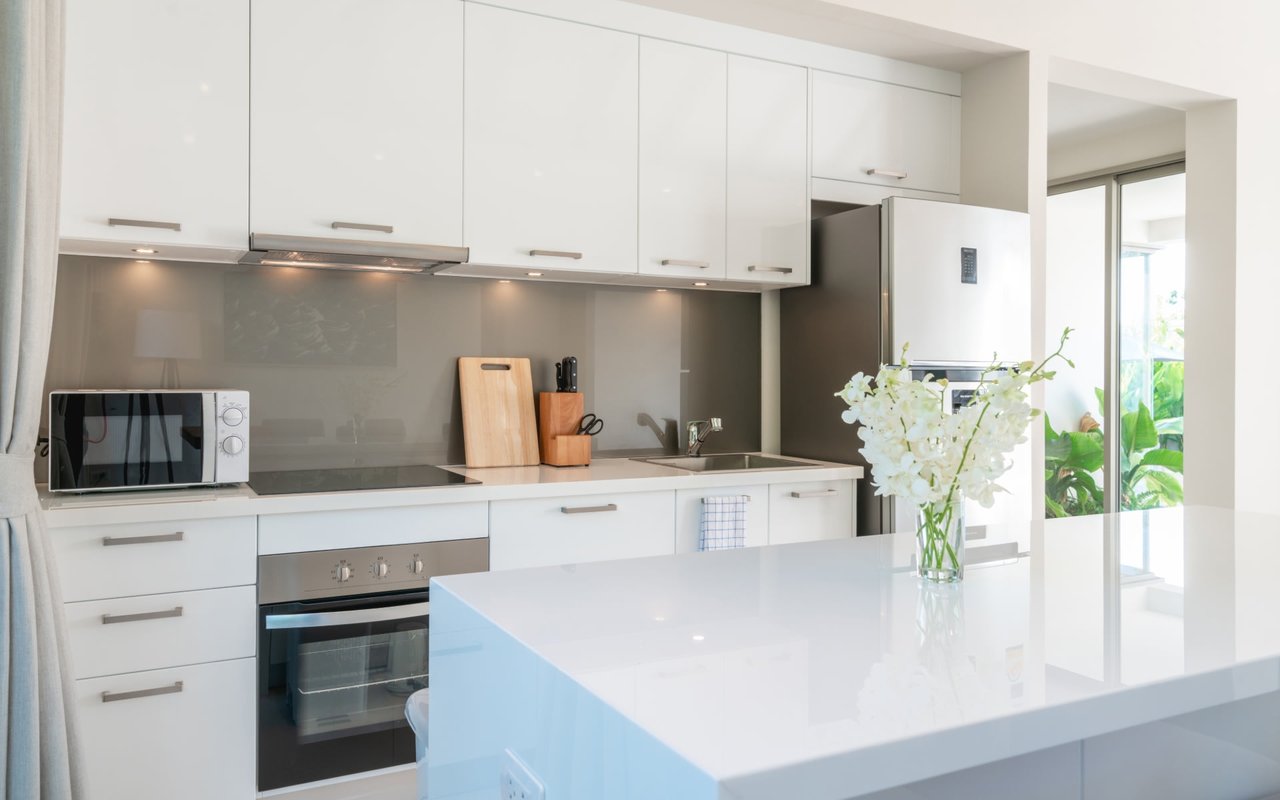If you think there is a lot of new construction in Greenwich you are right. In areas like central Greenwich, Cos Cob, Old Greenwich and Riverside it seems there is house under construction on every block. At the present time we have 66 houses on the market that have been constructed in July 2016 or later. In that same period we have sold 82 new houses and have 4 presently under contract.
New Construction post 1/1/16– Green Active, Blue Sold, Yellow Under Contract
Now 82 new homes may sound like a lot, but since July 2016, when I last looked at new construction we have sold 1,668 single family homes so the new construction market represents only 4.9% of our sales.
These are spec homes built by contractors rather than teardowns bought by individuals who then built a new home in most cases. (You do get the occasionally get privately built homes back on the market in a year or two if the individual is transferred or getting a divorce.)
These spec homes are also at the upper end of the market. Of the 82 sales of new homes, the median price was $3.4 million while the median for all home sales in 2018 has been around $1.85M. A fifth of the new construction sold for $5M or more with the highest priced spec home being 11 French Road which sold for $12,075,000 in January of this year. The highest priced currently listed new construction is 66 Glenwood Drive which is listed at $15.75M which is down from its original list price of $17.95M. The average sales price per square foot over the last 2.5 years has been $610/s.f. compared to $569/s.f. for sales so far in 2018.
New construction gets a premium and most builders push for as much premium that they can. As a result, even though there is a huge demand for new construction, the average new construction listing sits on the market for 284 days compared to 197 days for all sales in 2016.
Now part of this is that many builders list the property early in the construction process, sometimes even before ground has been broken. Houses are hard to sell when they are just big open spaces with plywood floors and a lattice work of 2×4’s. For most builders though holding out for that premium is worthwhile since the average sale price to original list price ratio is 89.7%, nearly identical to the 91.1% for all house sales in 2018.
During the Great Recession spec building nearly dried up. We only had 5 new houses sold in 2010 as builders found it nearly impossible to get bank financing. Only a few well financed and larger developers were able to start projects then. In 2014 we tripled 2010 sales with 16 sales of new houses. This doubled in 2015 to 32 sales. In 2016 we have had nearly same new house sales with 31 and the same number in 2017. New construction expanded in 2108 and we have had 41 sale so far this year with 4 new houses under contract.
One thing the Town of Greenwich should work on is encouraging more lower-priced, new construction. For me that would be construction under $1.5M. Of the 82 sales since July 2016 years only 4 of them sold for less than $1.5M. We actually had even fewer affordable sales from 2014 to July 2016.
What we are getting is smaller houses being torn down and replaced by larger more expensive homes and that is continuing to change the character of Greenwich. It also means that with less price diversity, the town is less resilient to market problems as housing becomes more homogenous.
It’s hard to find incentives for developers to build smaller and make less money. One thing that might work is to allow greater density for lower cost houses. Now that is anathema to traditional zoning, but that is exactly what Connecticut statute 8-30g does. For towns without at least 10% affordable housing, developers can appeal projects that have been denied by P&Z to the Superior Court. There, the judge can ignore all of the zoning laws and allow the development of high density projects. Most of these project however, are apartment style condominiums.
One proposal that might work is to provide a presumption of entitlement for a second unit on a conforming lot where the original house is a historic pre-1940 house and is preserved. At the present time the uncertainty of getting a historic overlay is discouraging more applications that would preserve historic houses. If we combine that good intent with affordable housing, we might have a powerful tool to promote historic houses and affordable houses.
